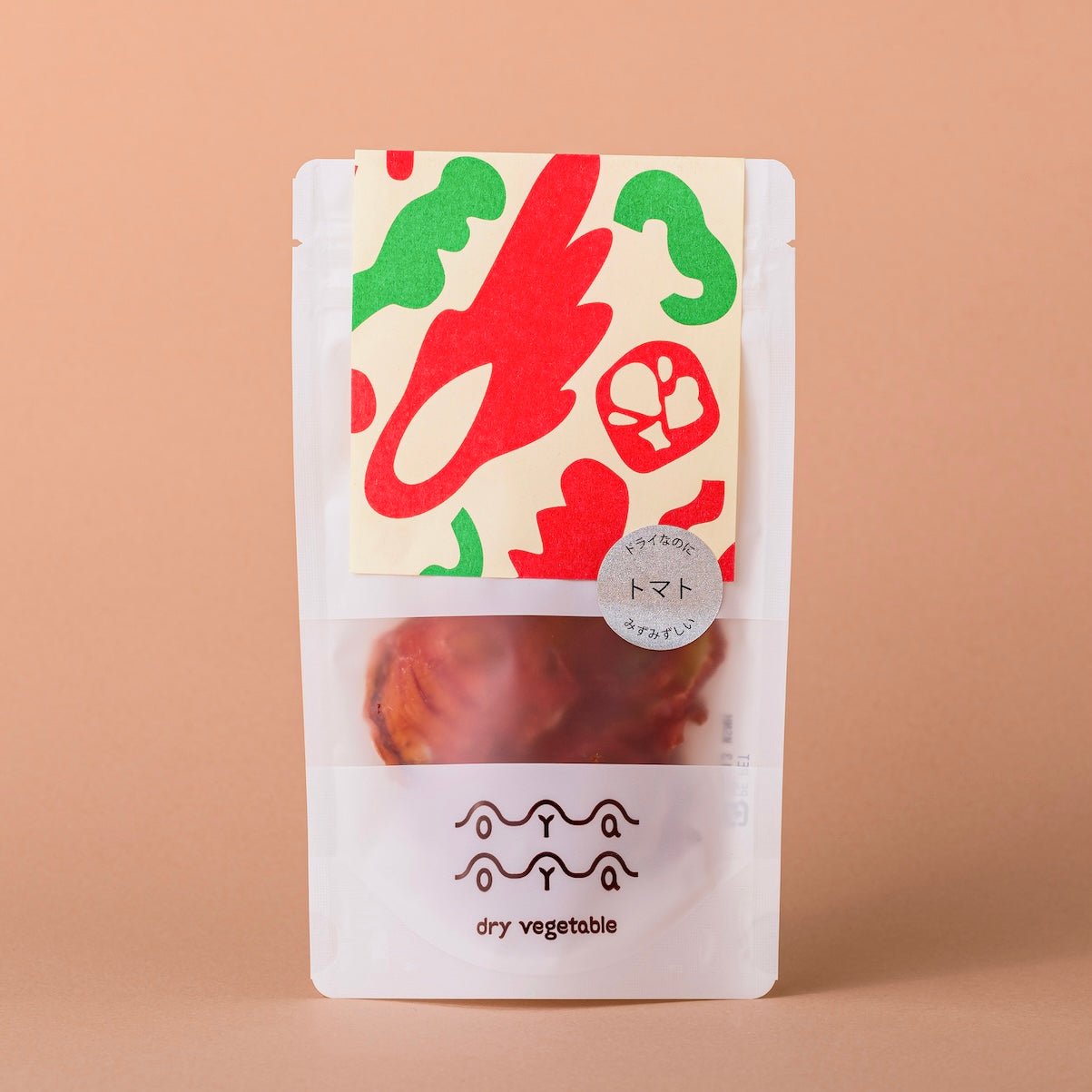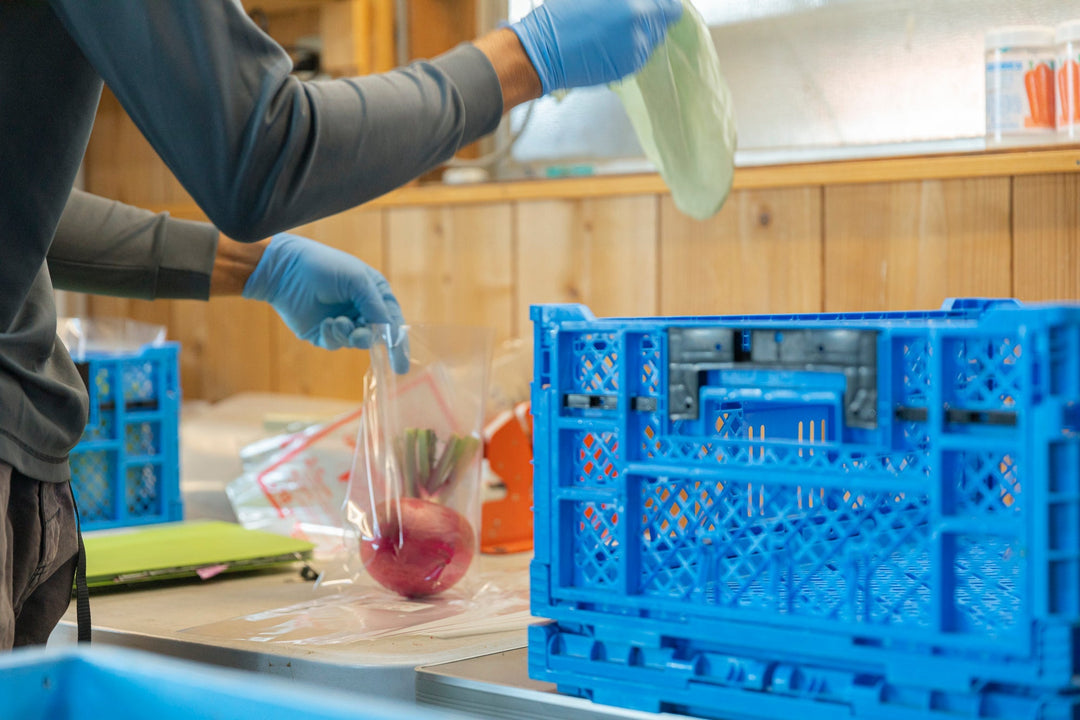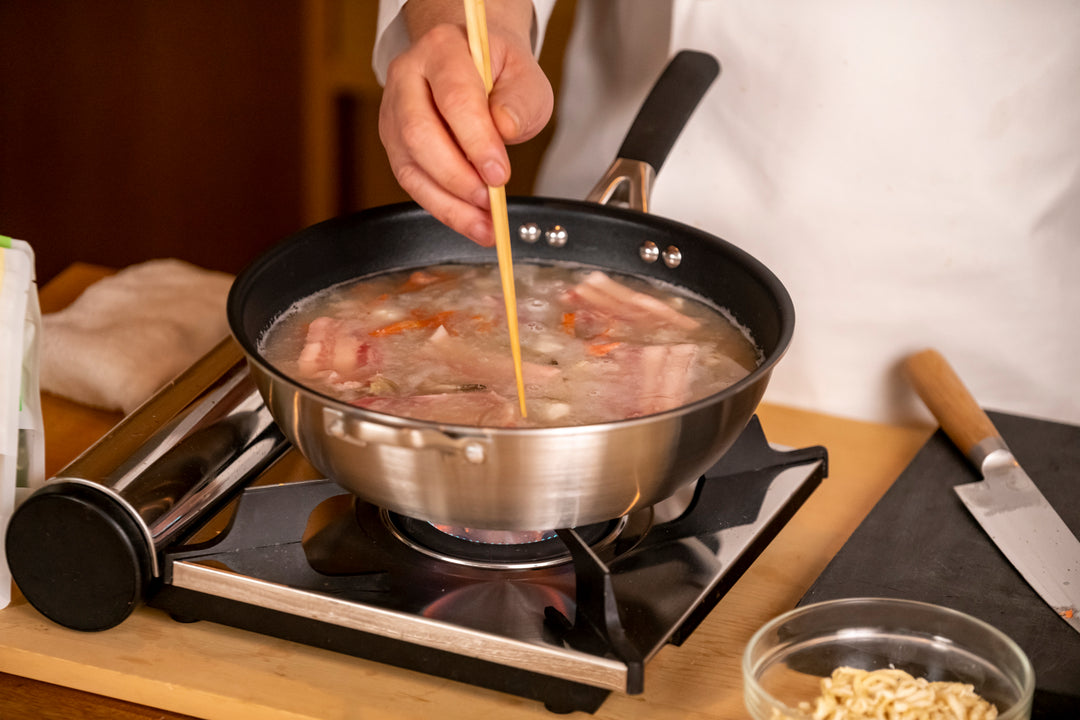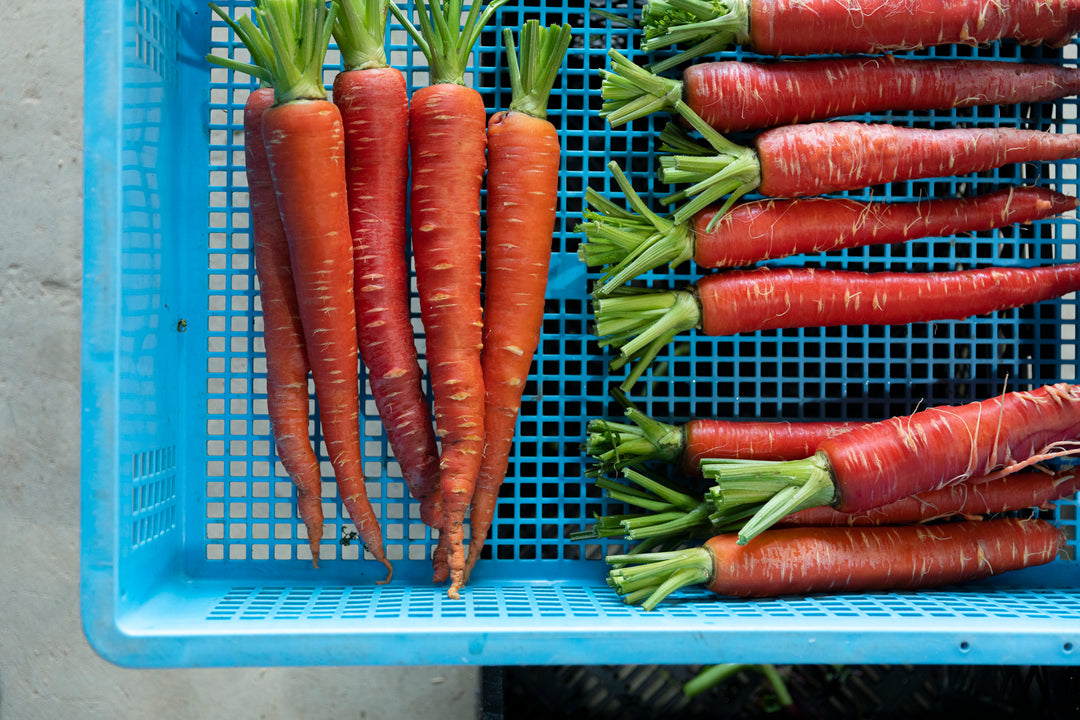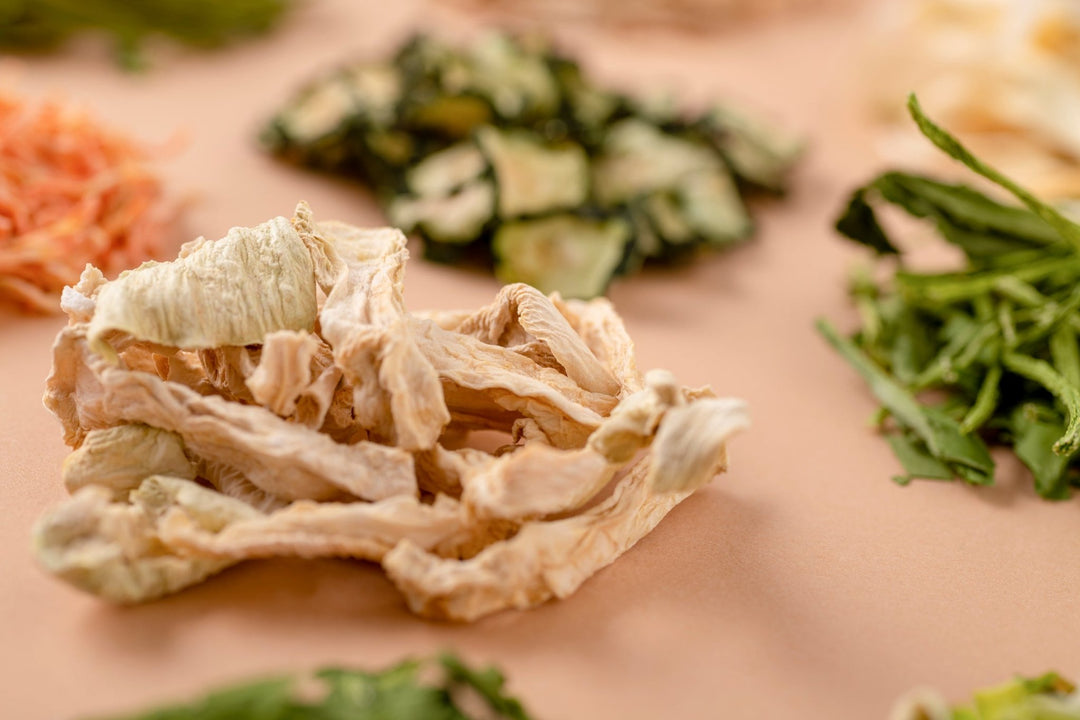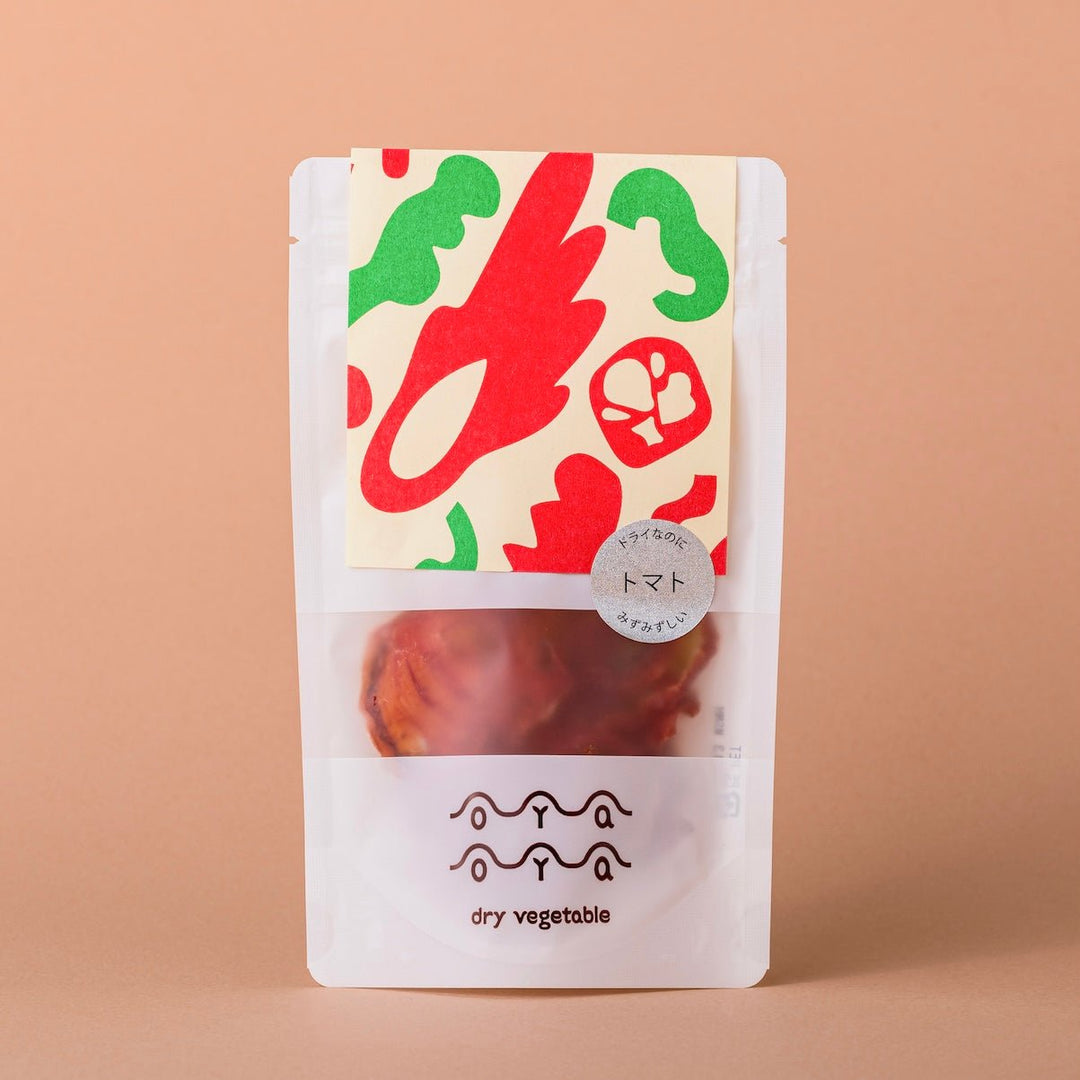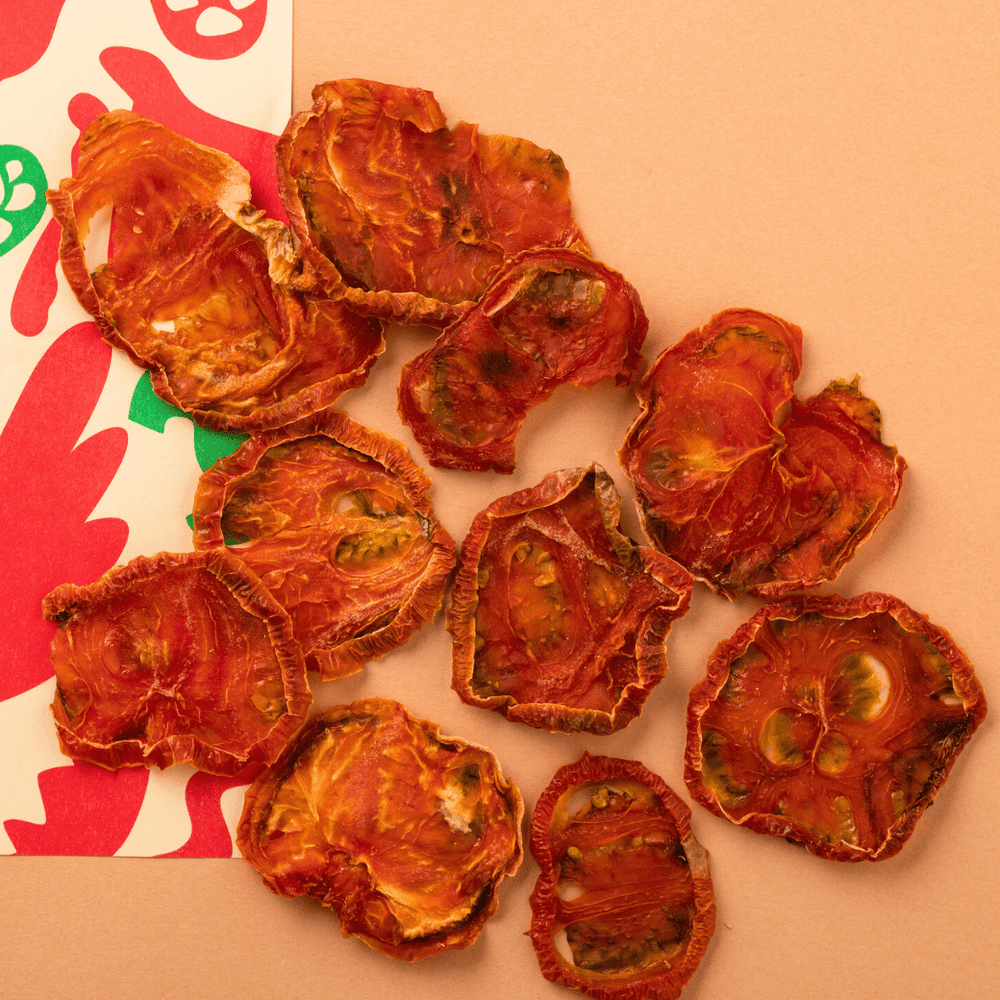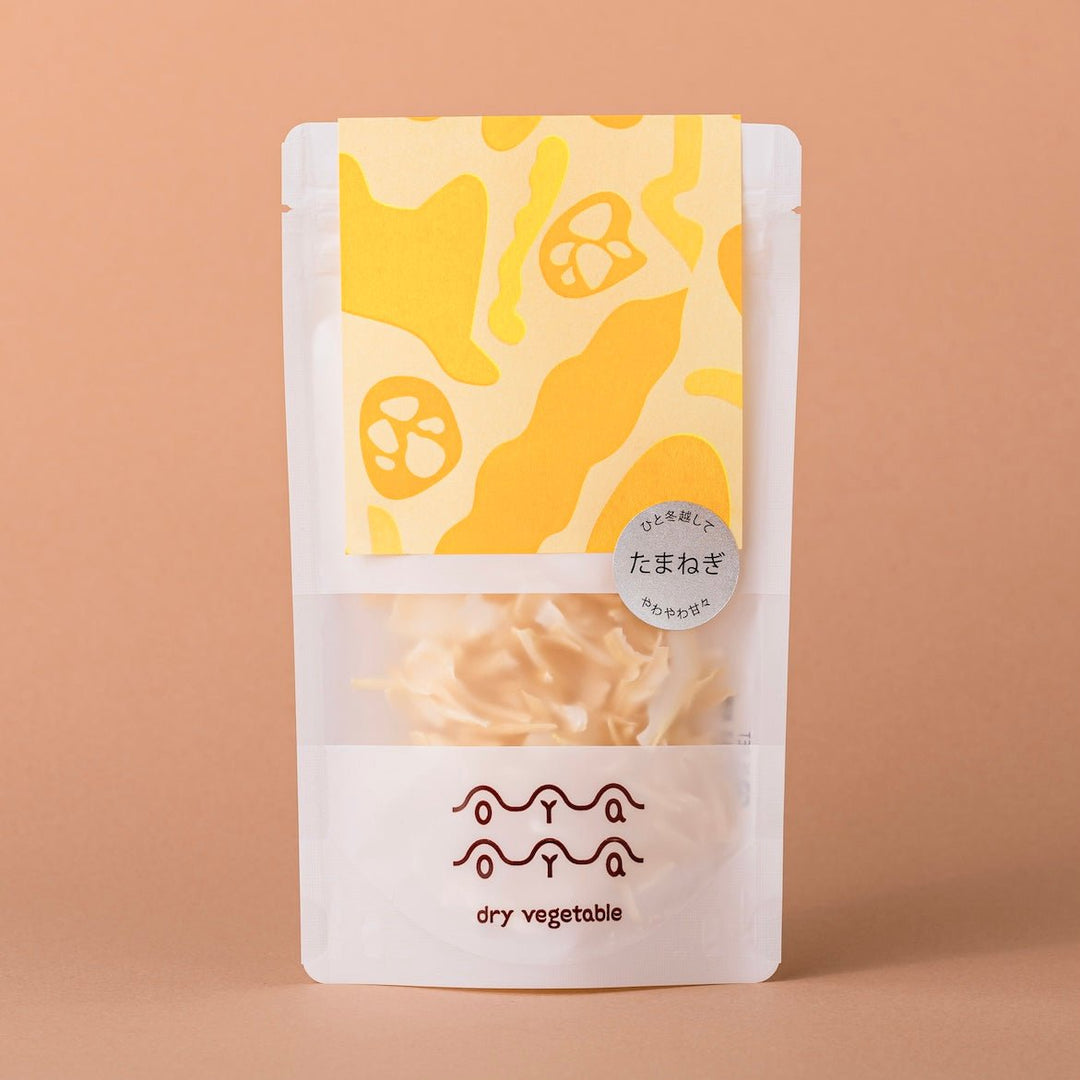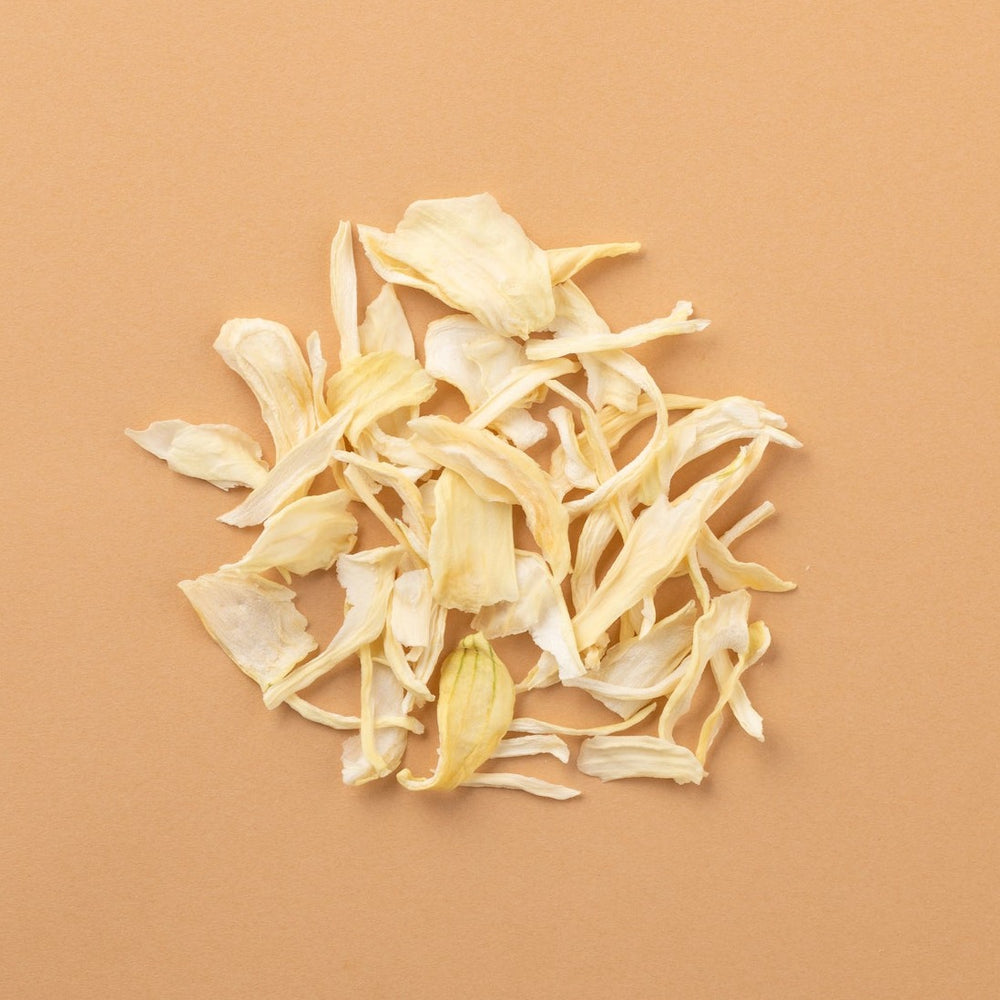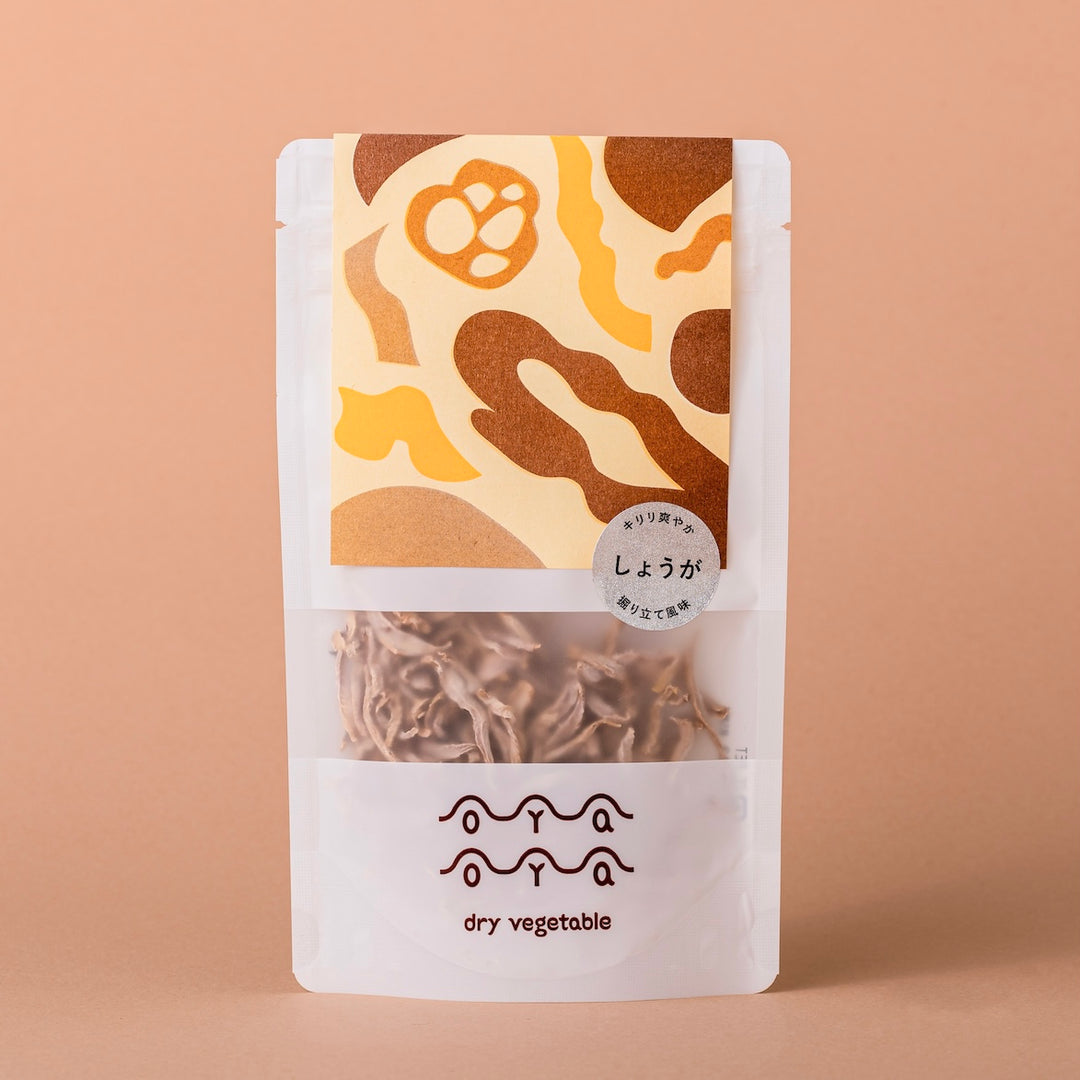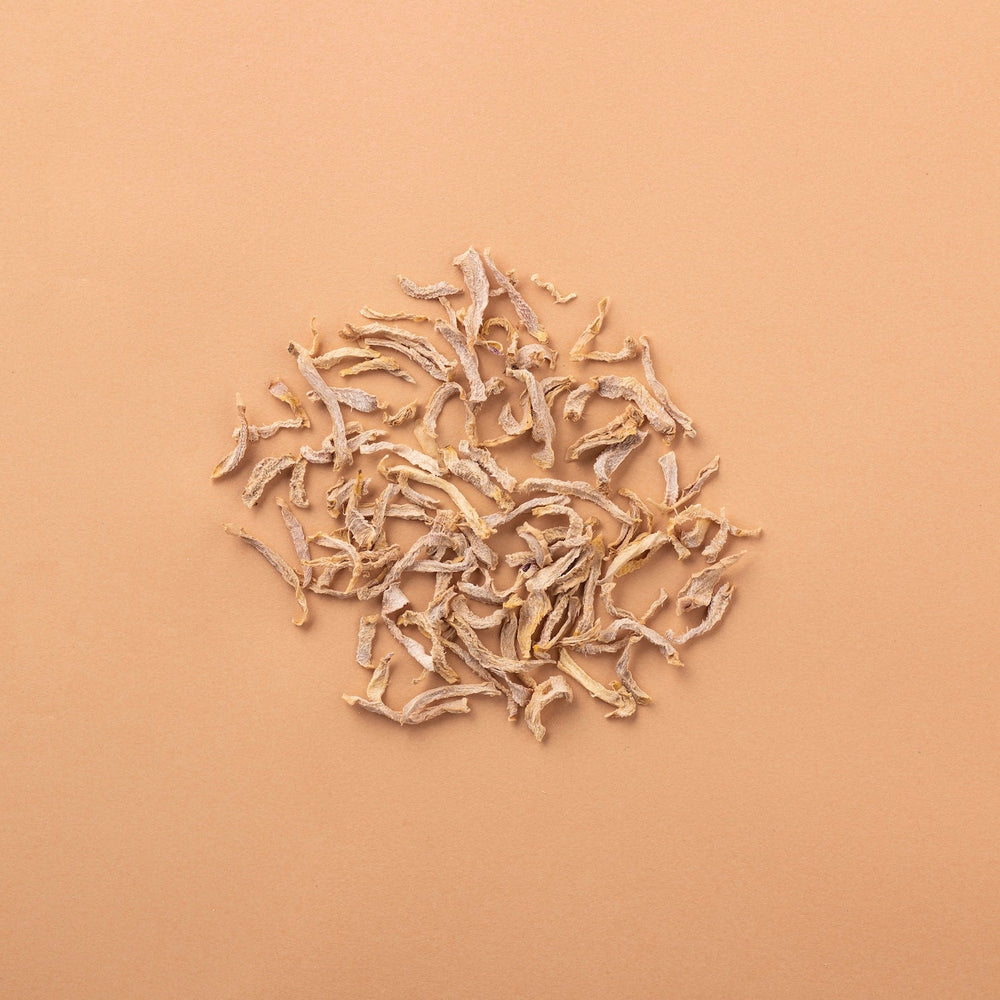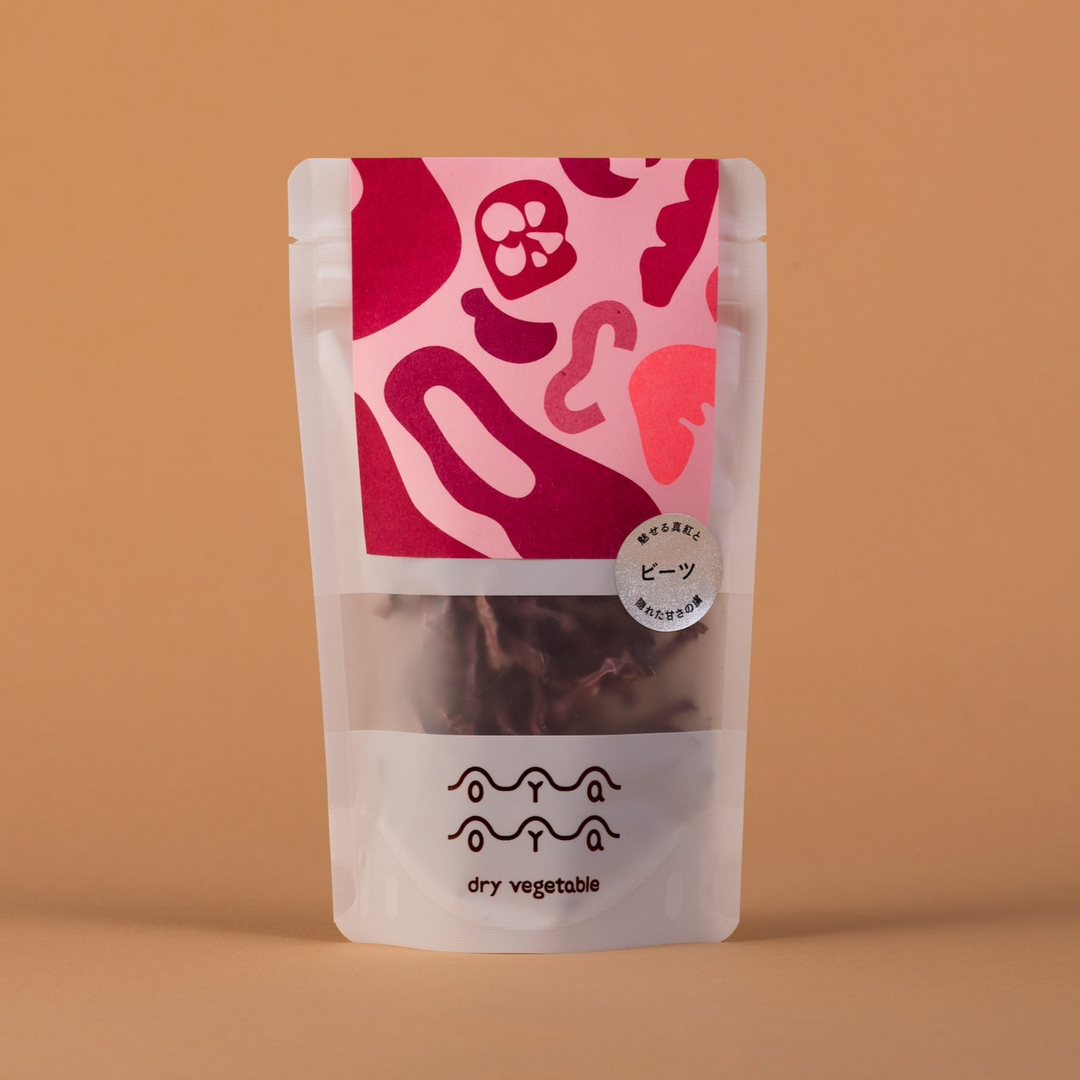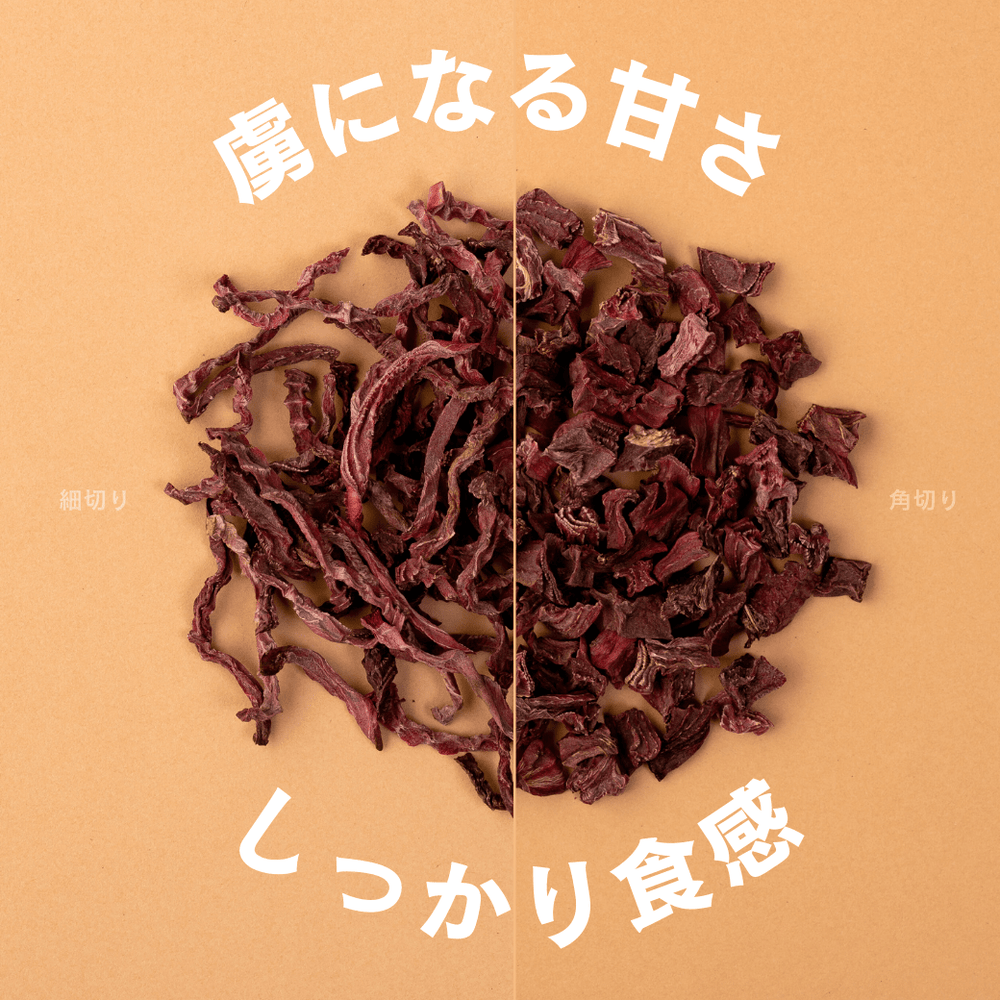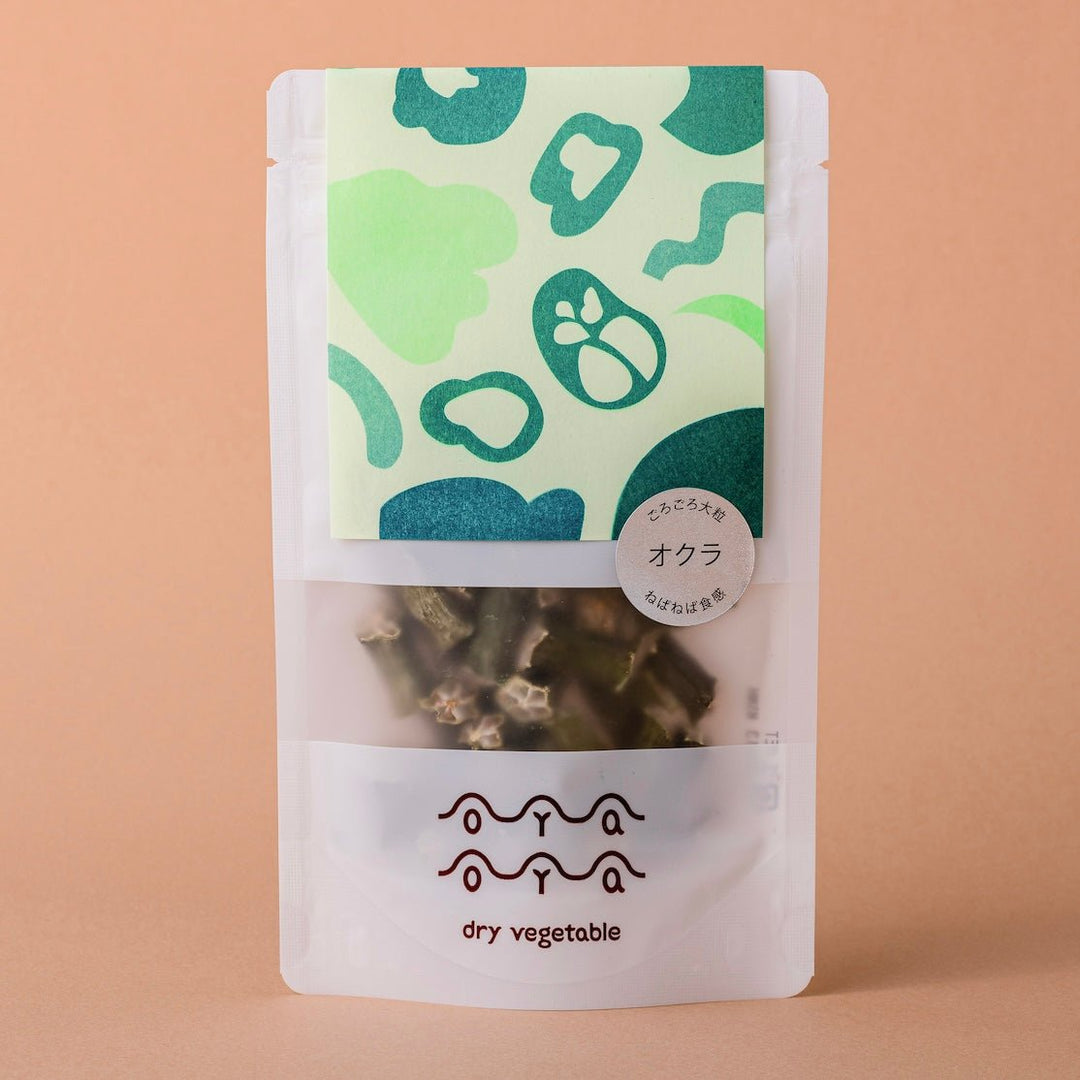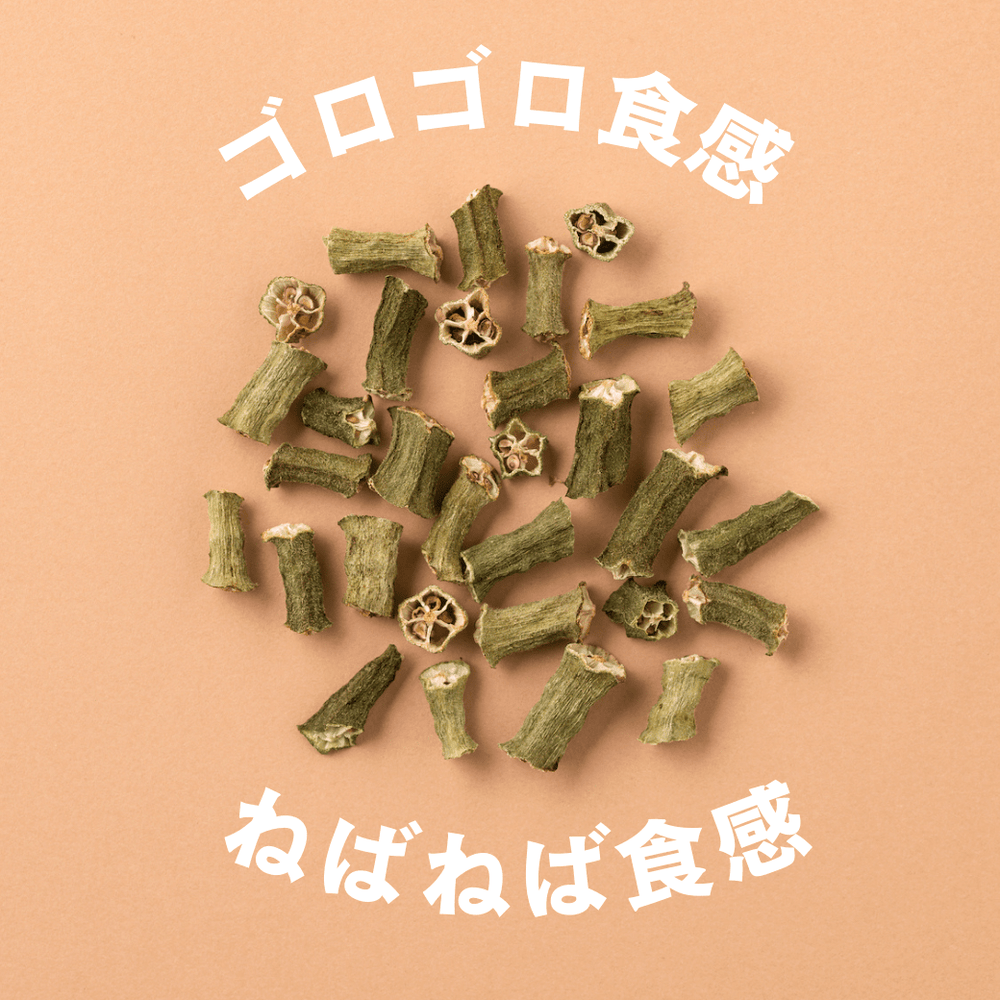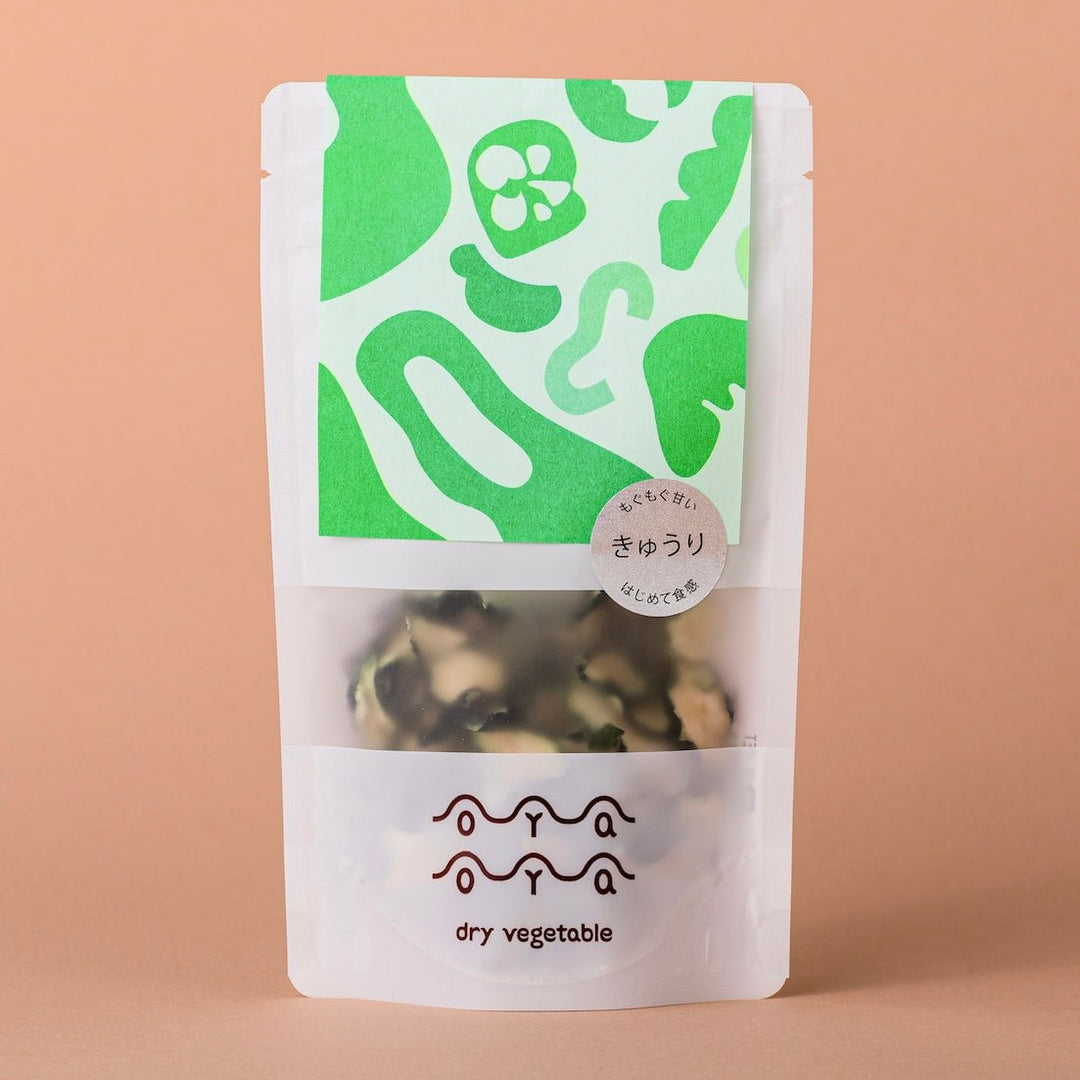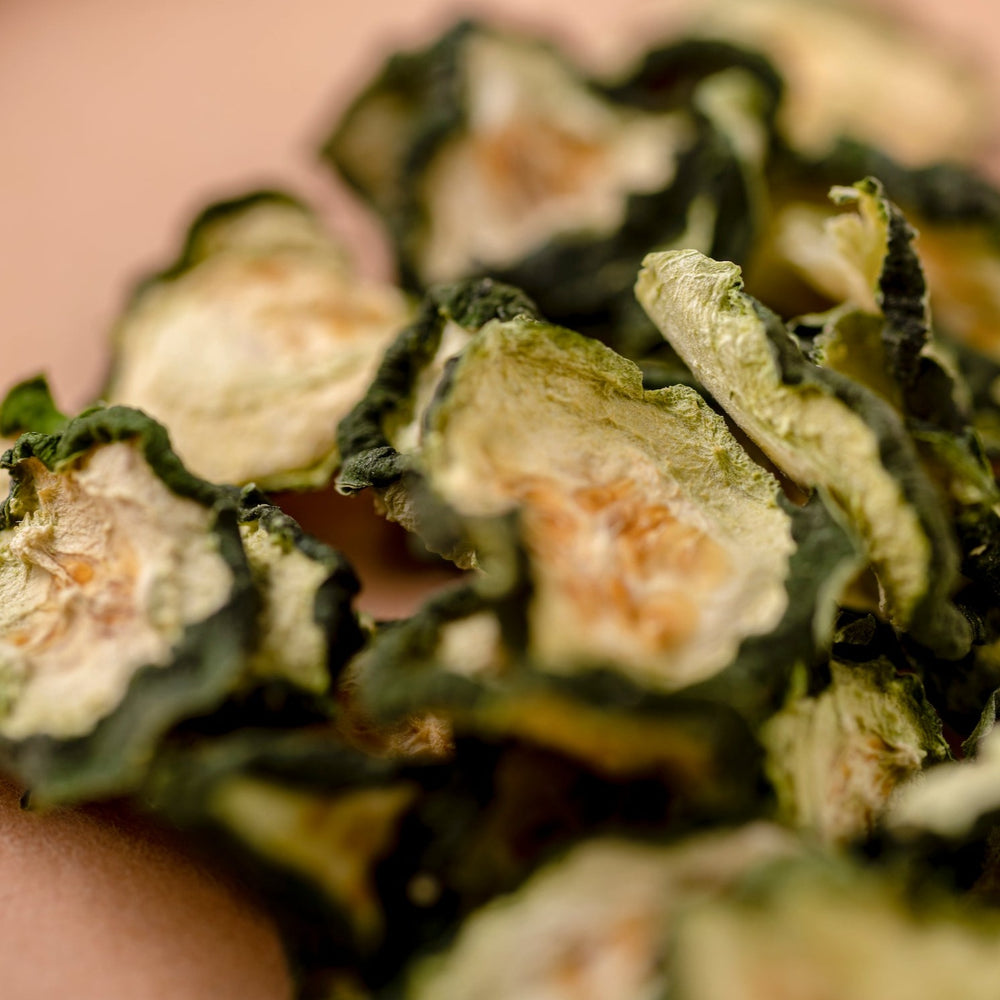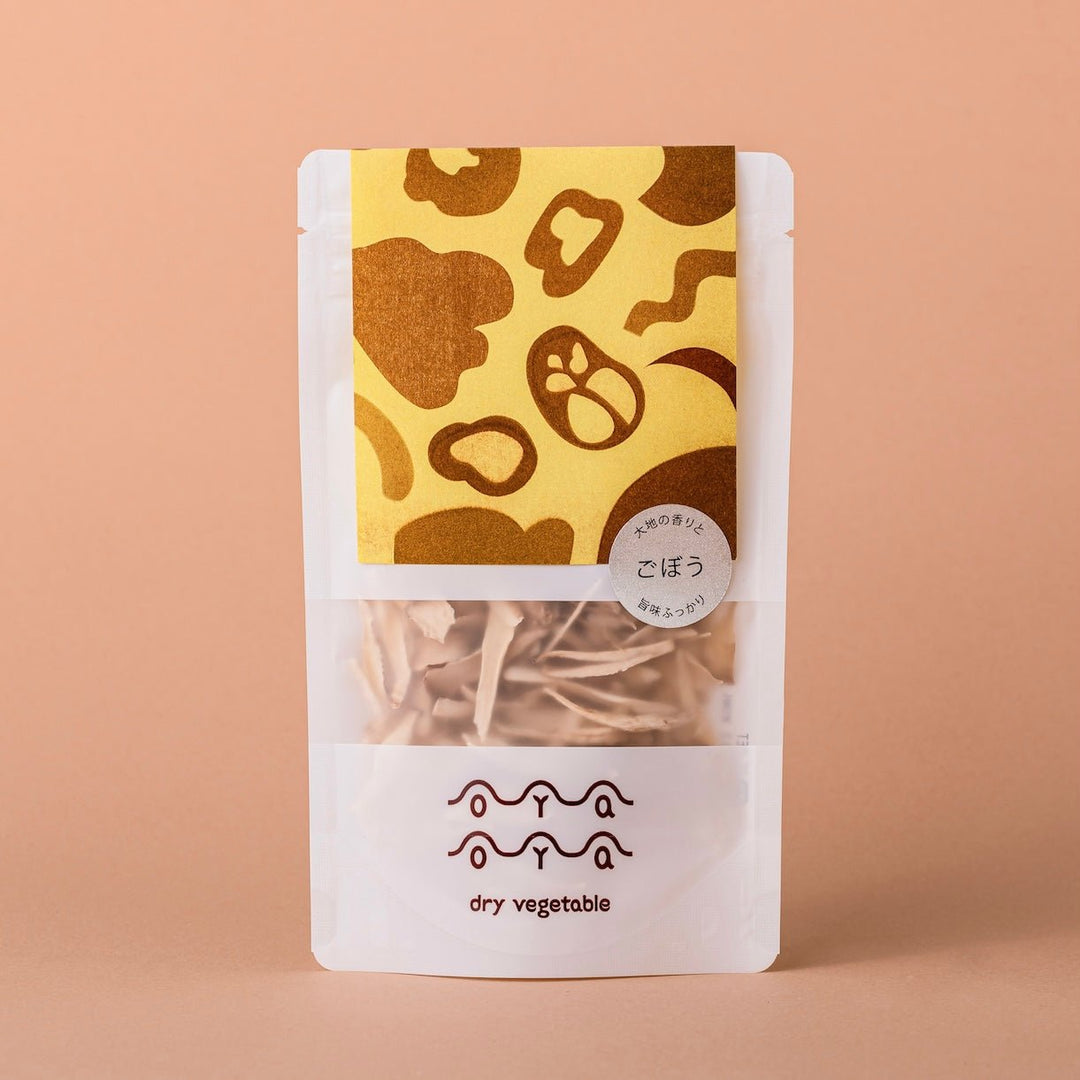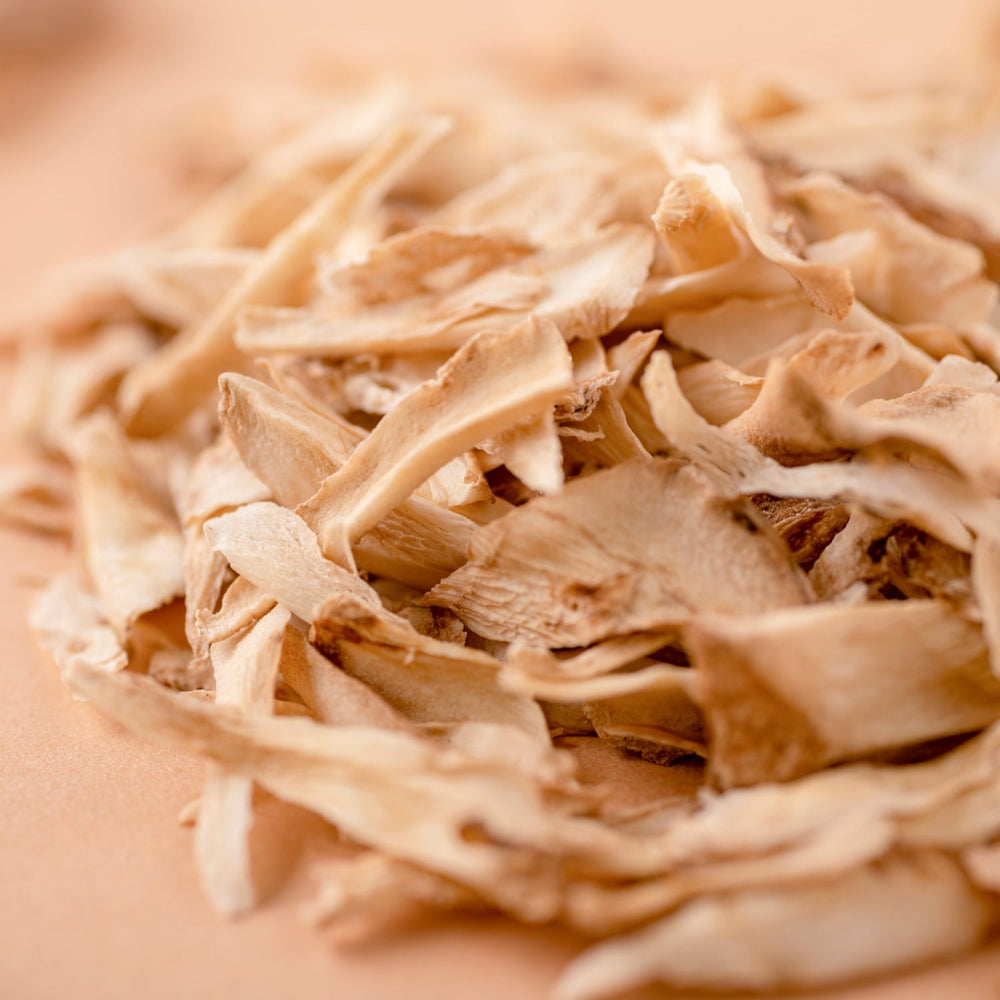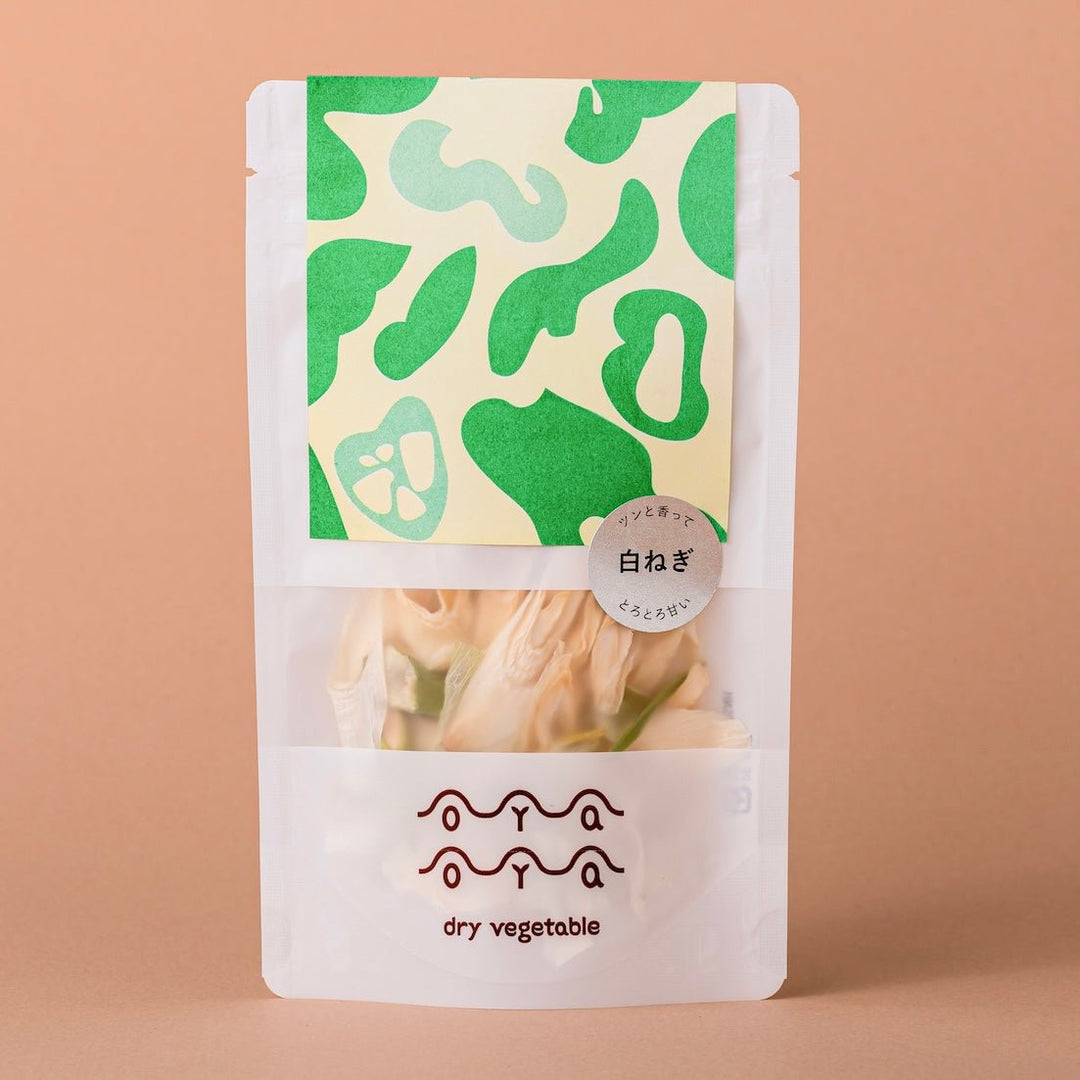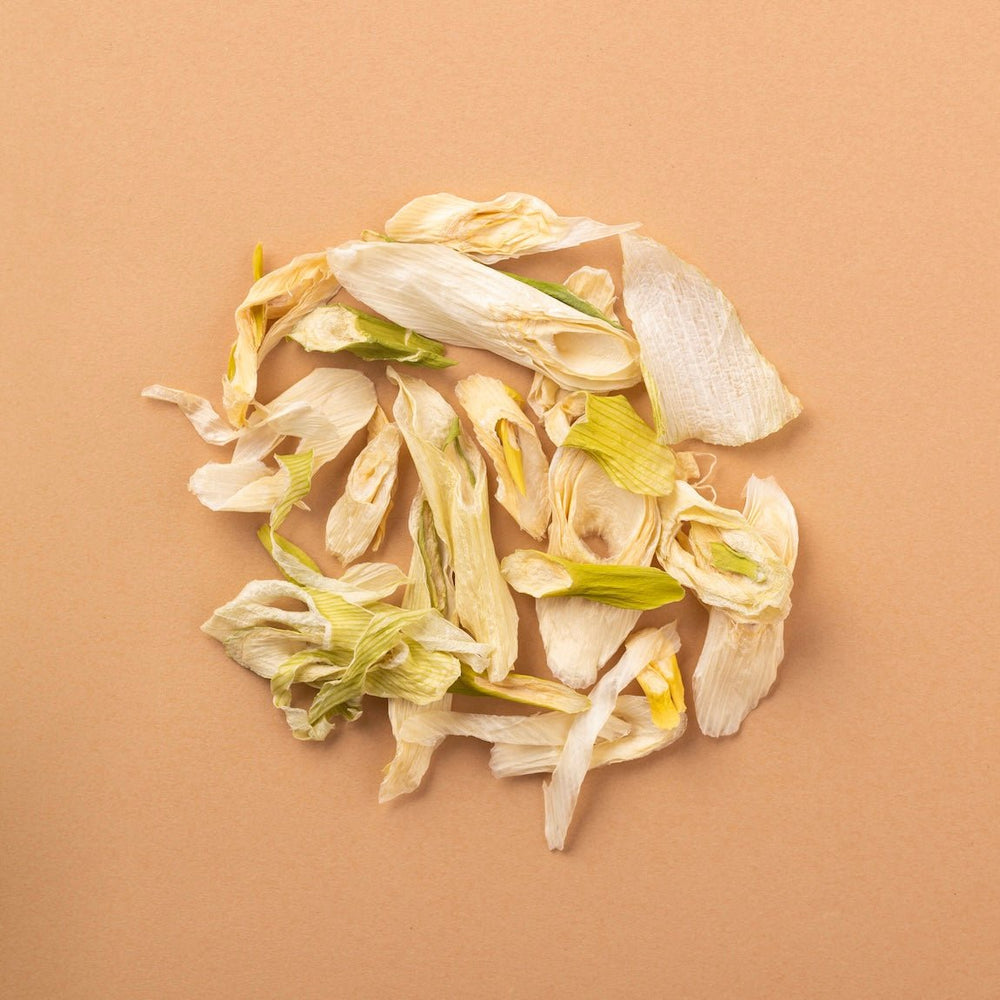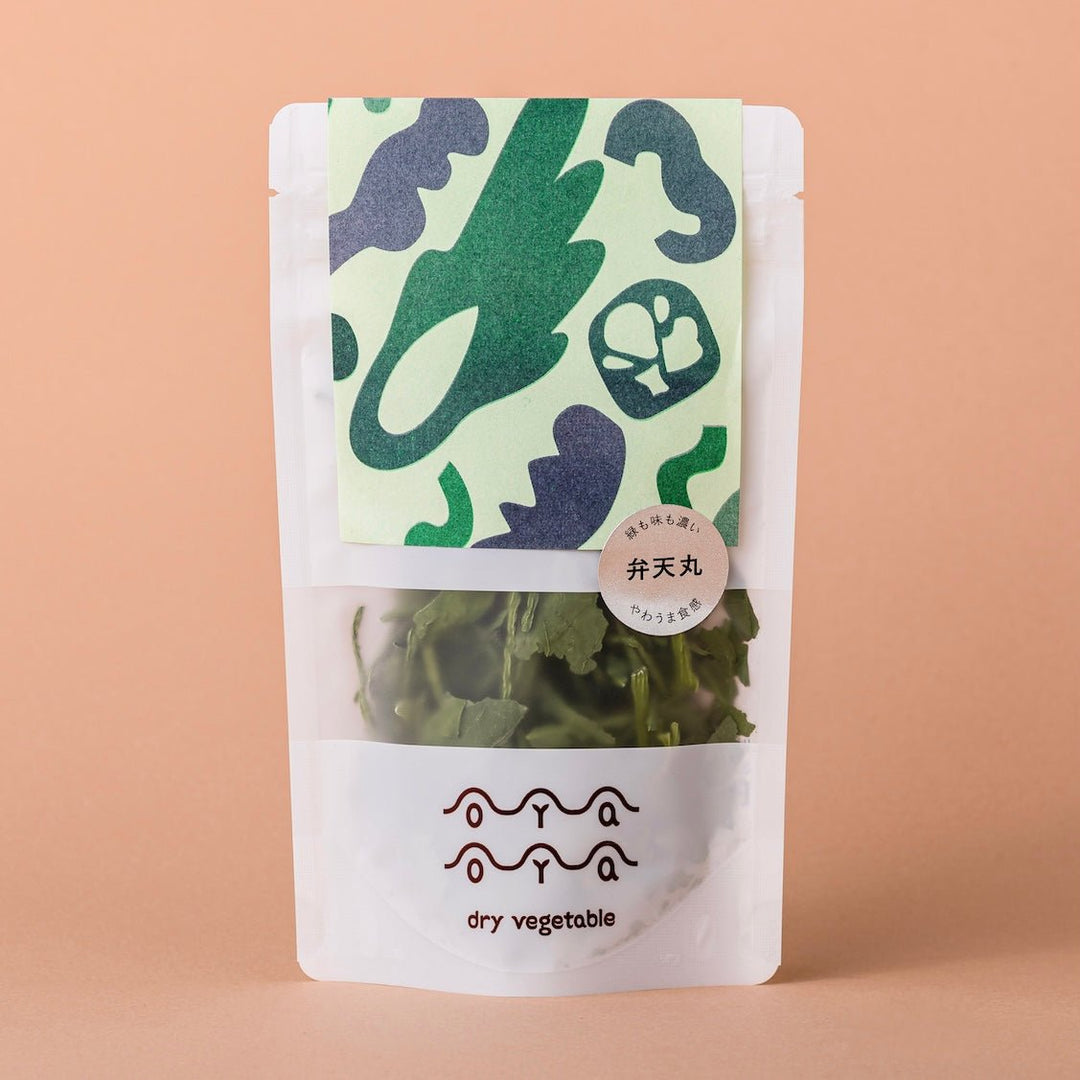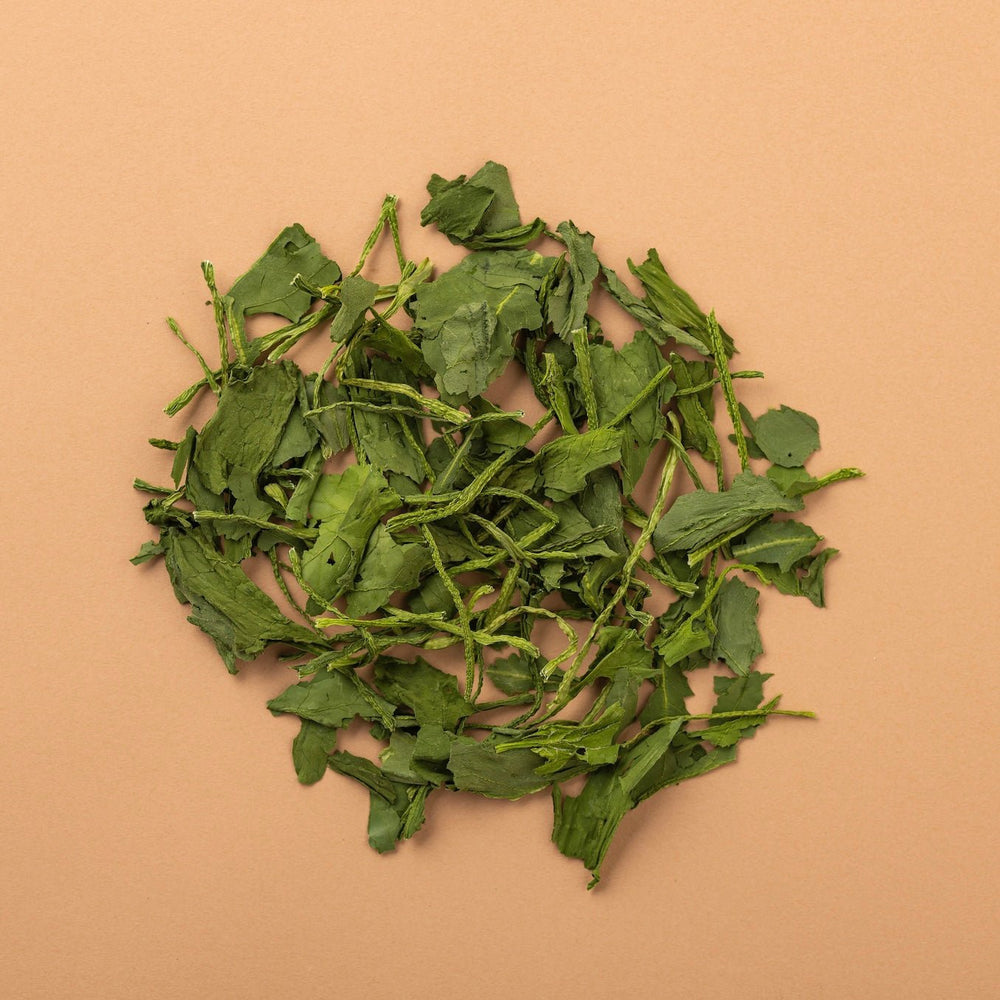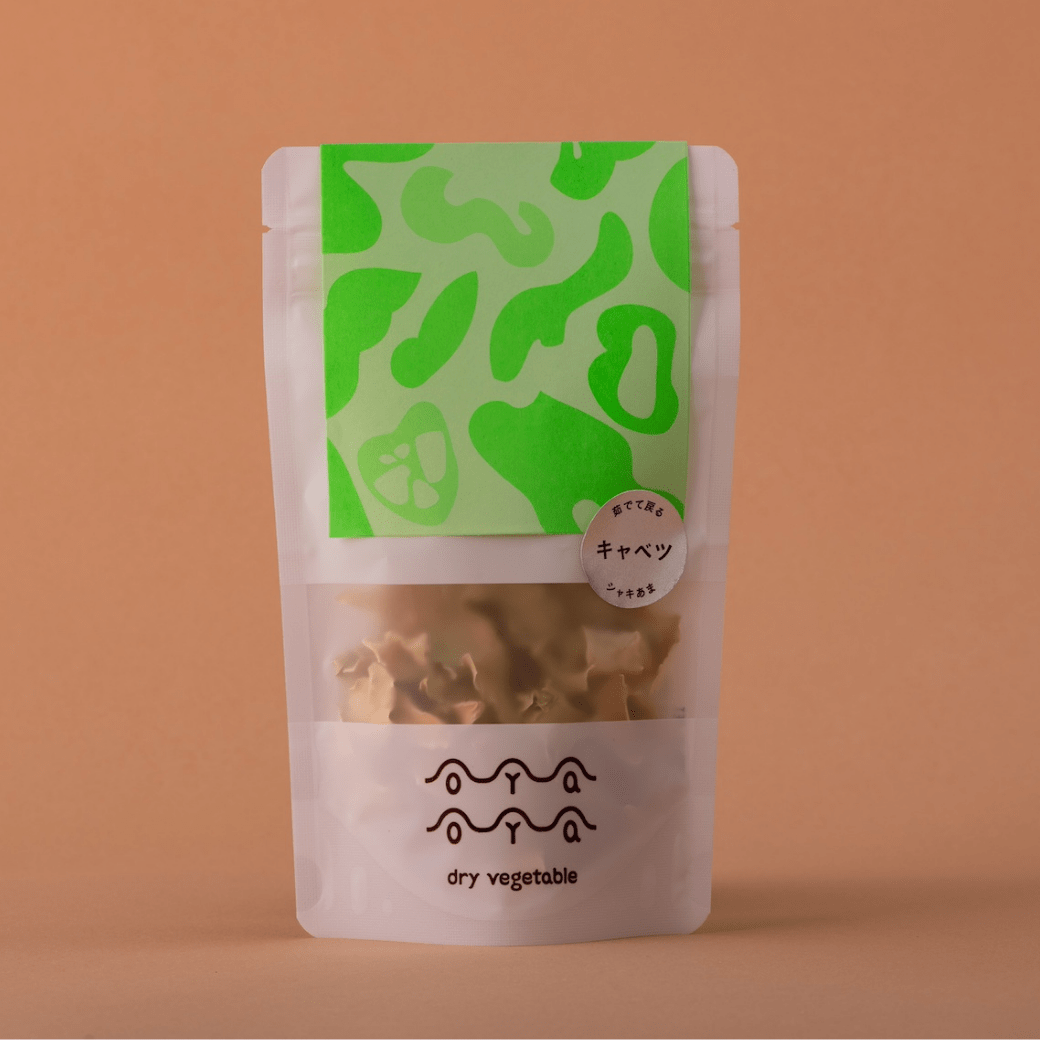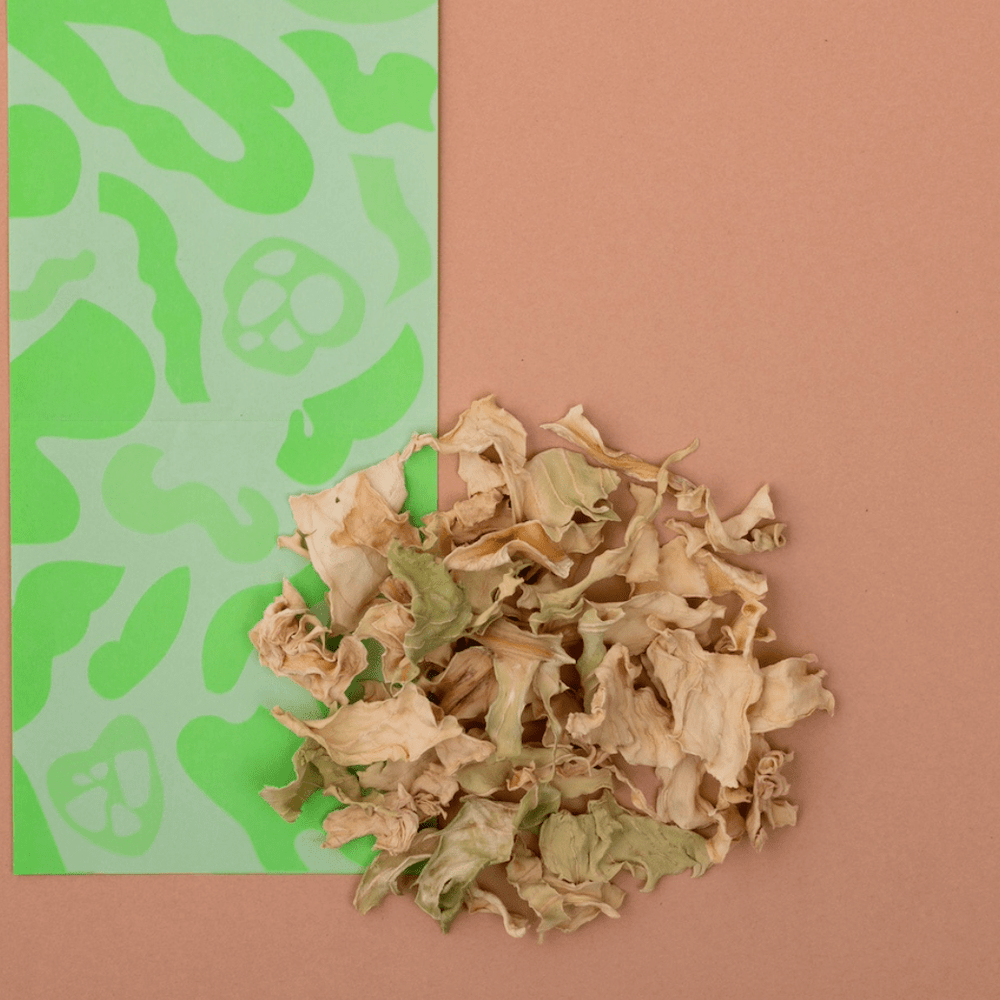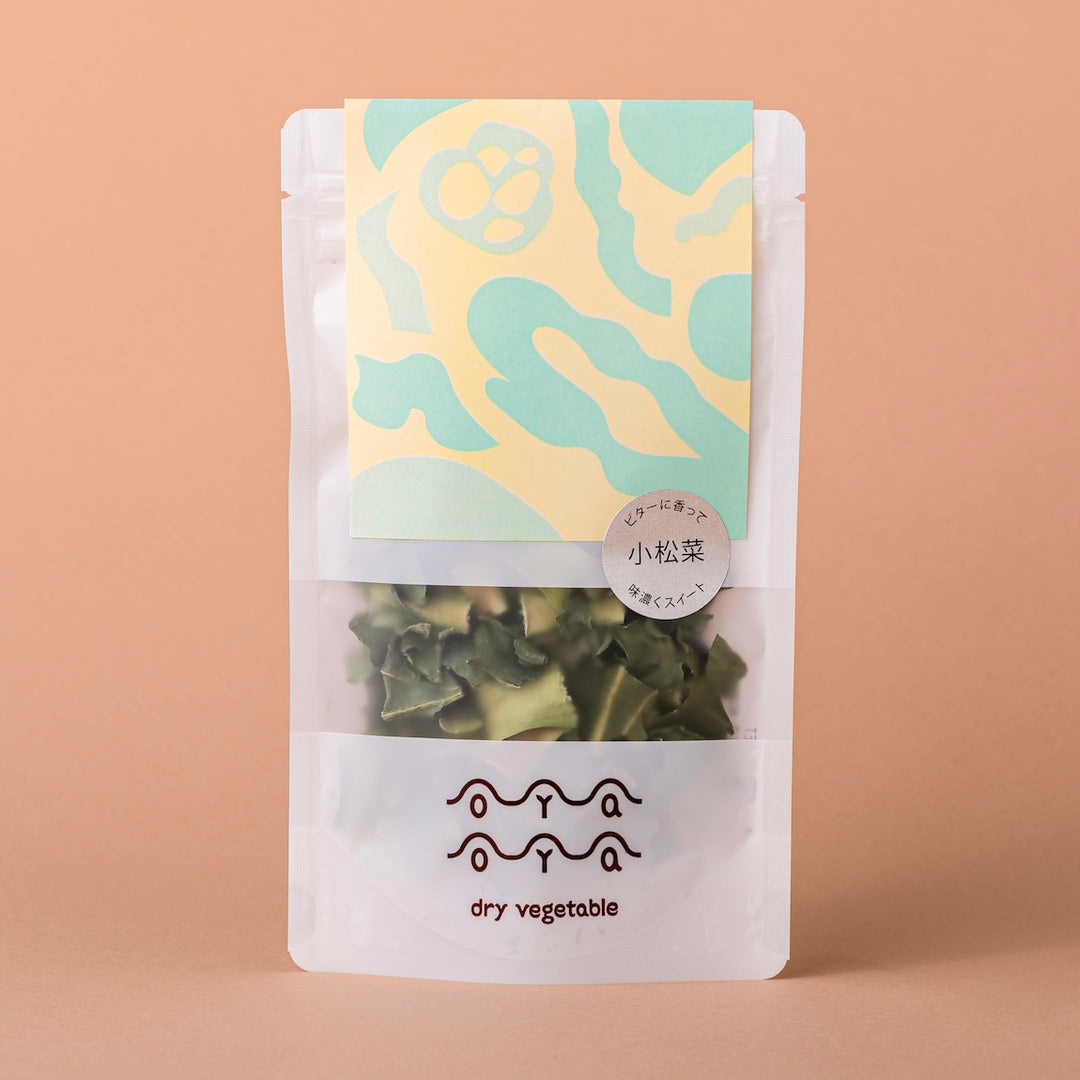Starting a rolling stock with dried vegetables
Rolling stock with dried vegetables!
Let's be prepared for emergencies.
In Japan, we often hear news about natural disasters regardless of the season. Typhoons, heavy rains, floods, landslides, earthquakes, volcanic eruptions, and many other disasters occur all over the country. I think that more and more people are already taking disaster prevention measures, but if you haven't yet, I recommend that you adopt the idea of rolling stock.

What is Rolling Stock?
Do you take any measures to prepare for such an emergency? When you think of "preparation," many people probably think of "emergency food" or "preserved food." Even though we know it's important to prepare various special items and check whether they have expired, we tend to put it off.
One way to solve this is rolling stock . Instead of preparing food for emergency use, you incorporate foods that you use regularly and have a reasonable shelf life into your daily life, and then buy more when you eat them, so that you always have a certain amount on hand.
The key is to stockpile while incorporating it into your daily life
For example, you might eat canned fruit for breakfast, instant ramen for lunch, or consume emergency food at regular intervals, then buy more and store it away. Some of you may be thinking, "I do that on a daily basis!"
Past preserved foods
Canned and retort foods are generally popular as foods that can be stored for long periods at room temperature. They range from staple foods such as packed rice and porridge to canned curry and stews, which are easily available at supermarkets. Balance is important, and since these are foods that you will be consuming on a daily basis as well as in case of emergency, you want to choose foods that are nutritious and well-balanced.

Dried vegetables are convenient to store!
It is said that general emergency food is high in carbohydrates and has an unbalanced nutrition. Carbohydrates are very important as an energy source, but vegetables are also necessary to get vitamins and minerals. That's why dried vegetables , which can be stored at room temperature for a long time, are convenient.
Of course, it's useful in times of disaster, but by keeping vegetables on hand, you can use them in your cooking and make up for the lack of vegetables you usually have! Personally, I think it's convenient to choose vegetables that are difficult to process and that you don't often have access to, or vegetables that are expensive because they're not in season!
Recipes using dried vegetables
So how do you actually use dried vegetables? During a disaster, resources are limited, so it would be nice to have a recipe that can be easily made without using fire, water, or a knife. Here is a simple dish that can be made using dried vegetables and stock foods.
Tuna and kelp with plenty of vegetables
material
- 10-20g dried vegetables (I used a mix this time, but cucumbers and carrots are fine too)
- 1 can of tuna
- 2 pinches of salted kelp

How to make it
- Put the dried vegetables and canned tuna (including the juice) in a plastic bag, add salted kelp, and knead. The key is to let the dried vegetables absorb the moisture from the canned tuna.
- Then leave it for about 20 minutes until it is completely absorbed.
If it's not an emergency, you can also add mayonnaise or sesame oil to your taste! Cooking in a plastic bag allows you to rehydrate dried foods with minimal water, so it's great for emergencies, but it's also a great recipe to have when you're tired. Recipe here
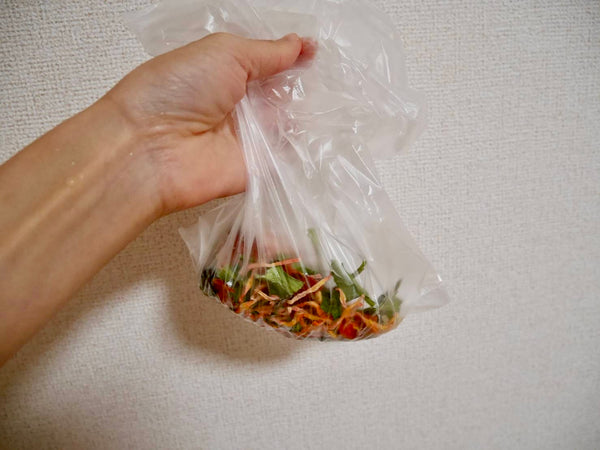

Rolling stock is also useful in everyday life!
It's a good idea to start keeping a rolling stock of dried vegetables on a daily basis in case of emergencies. It also gives you peace of mind knowing that you can eat foods you're used to eating even in an emergency. Why not try keeping a rolling stock of dried vegetables in your regular shopping?
Related articles


